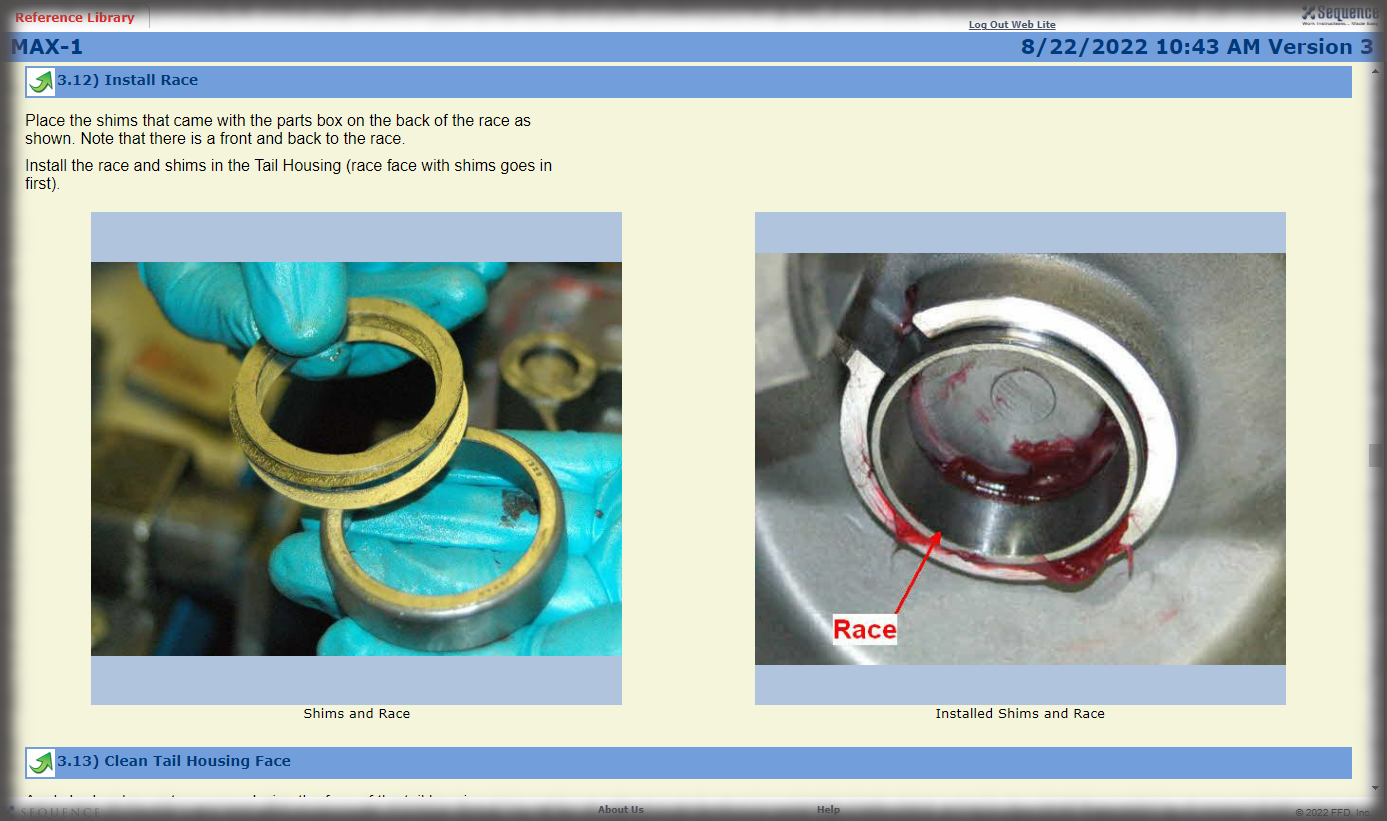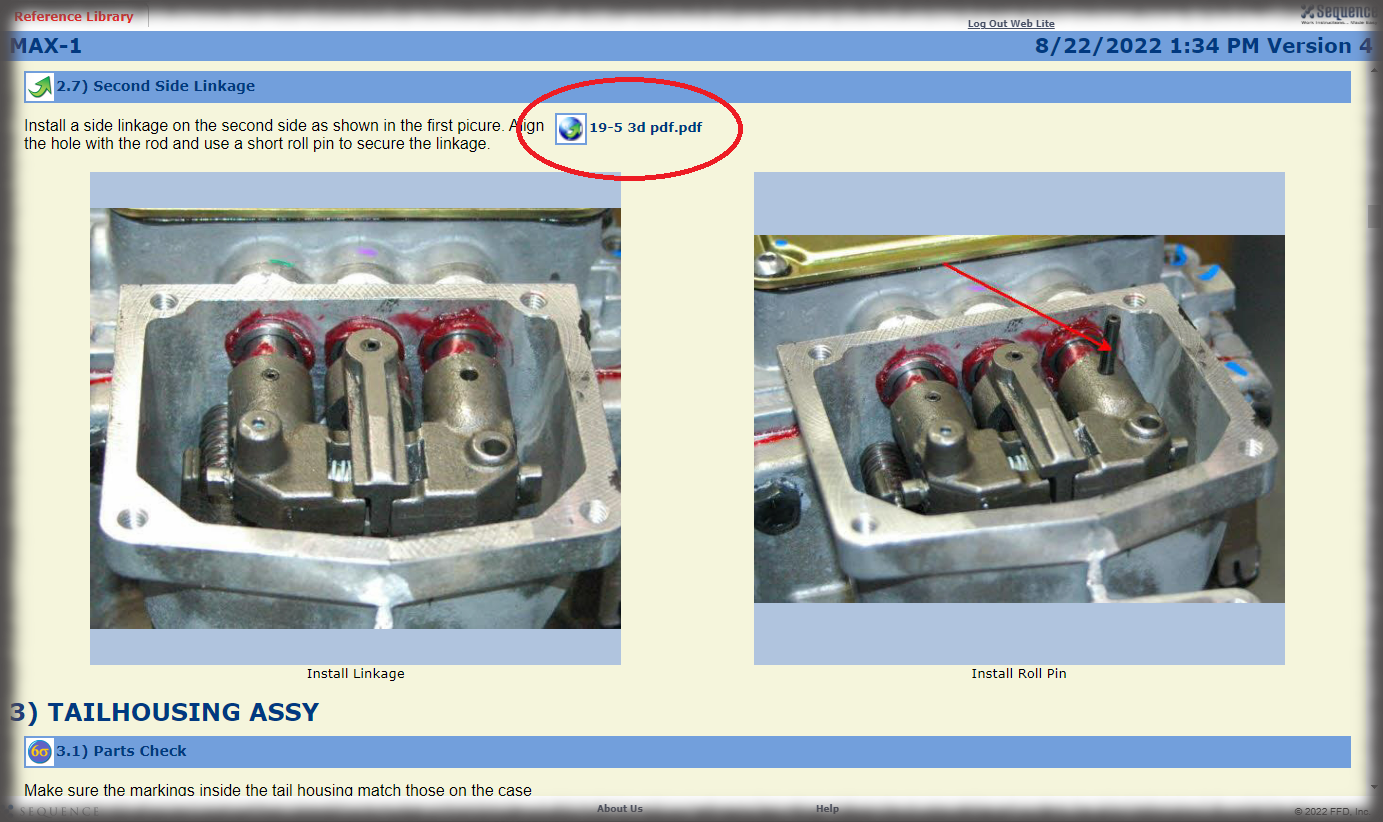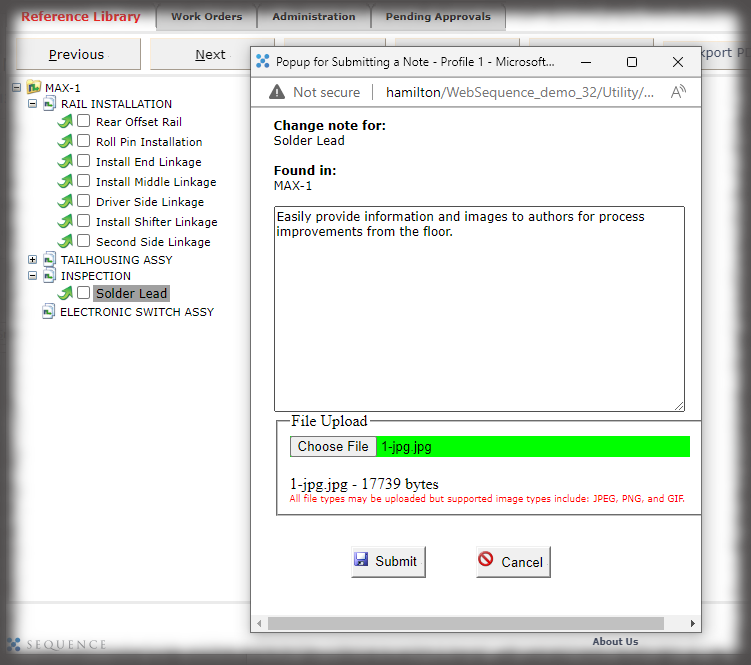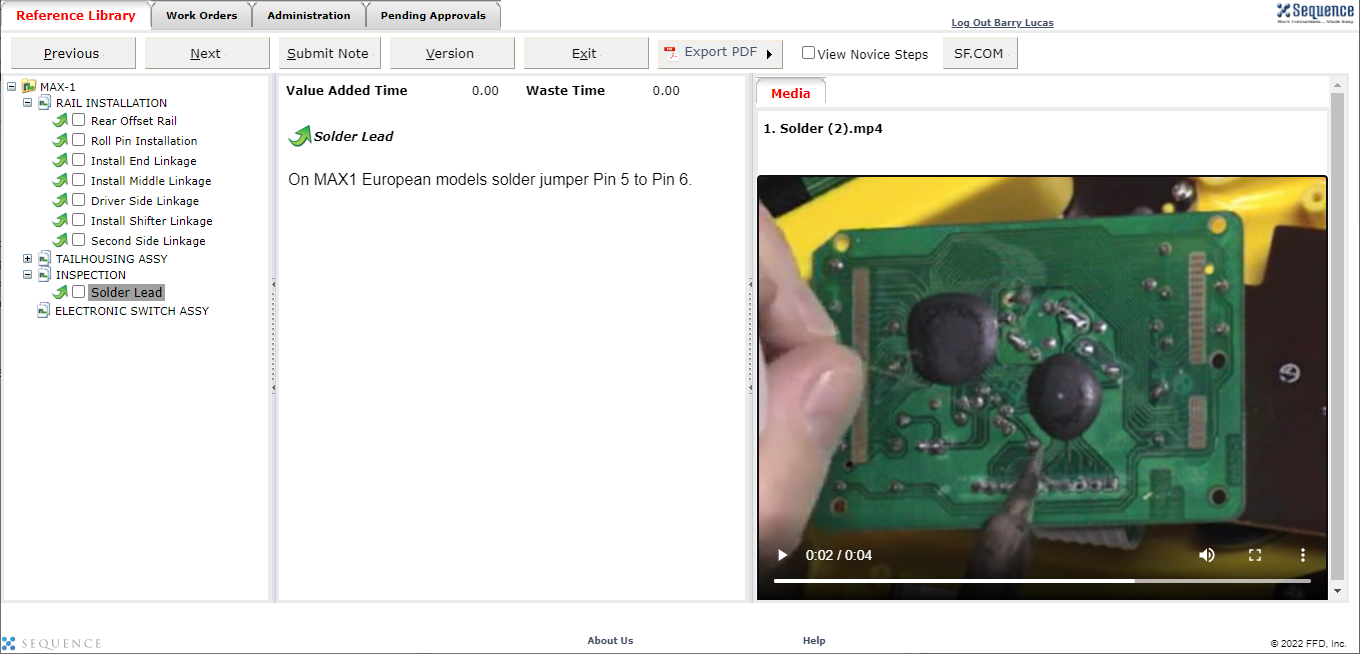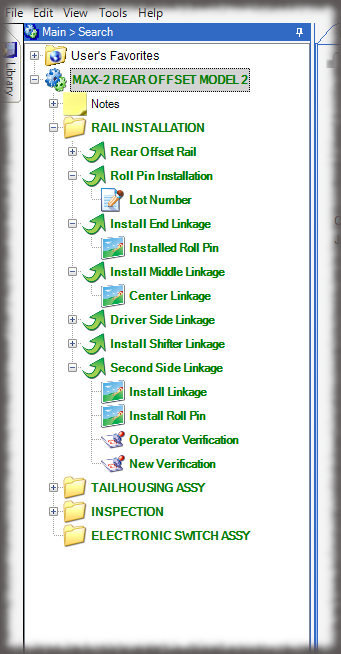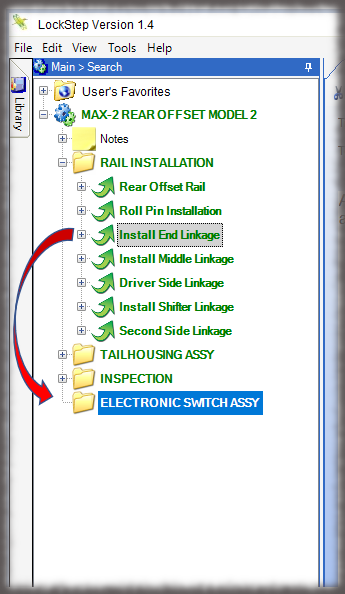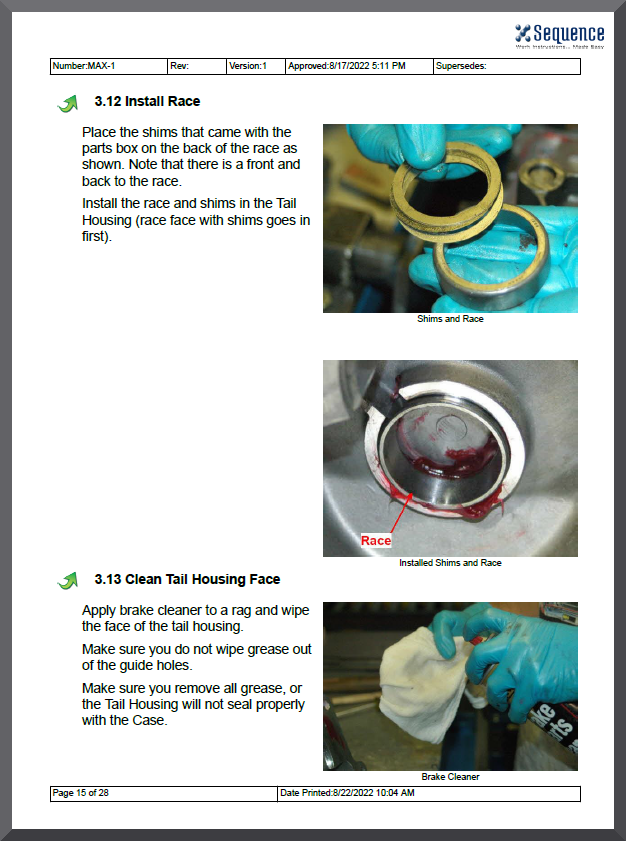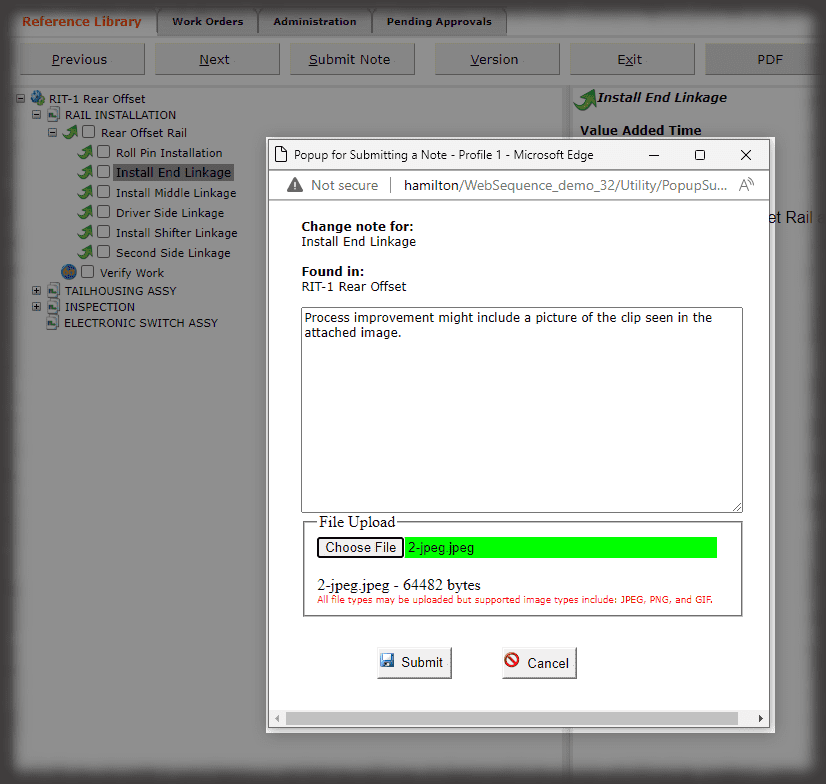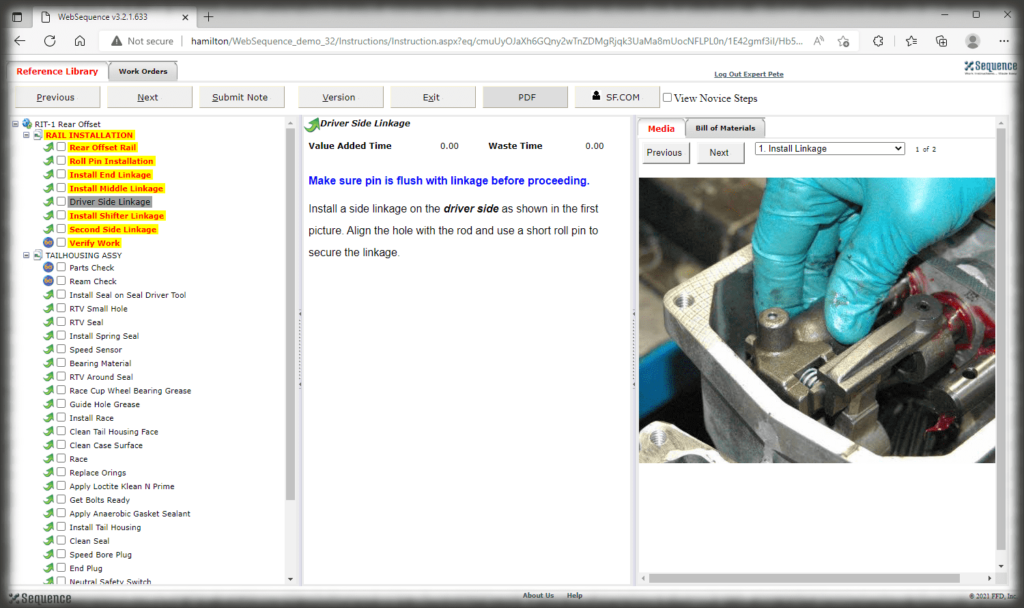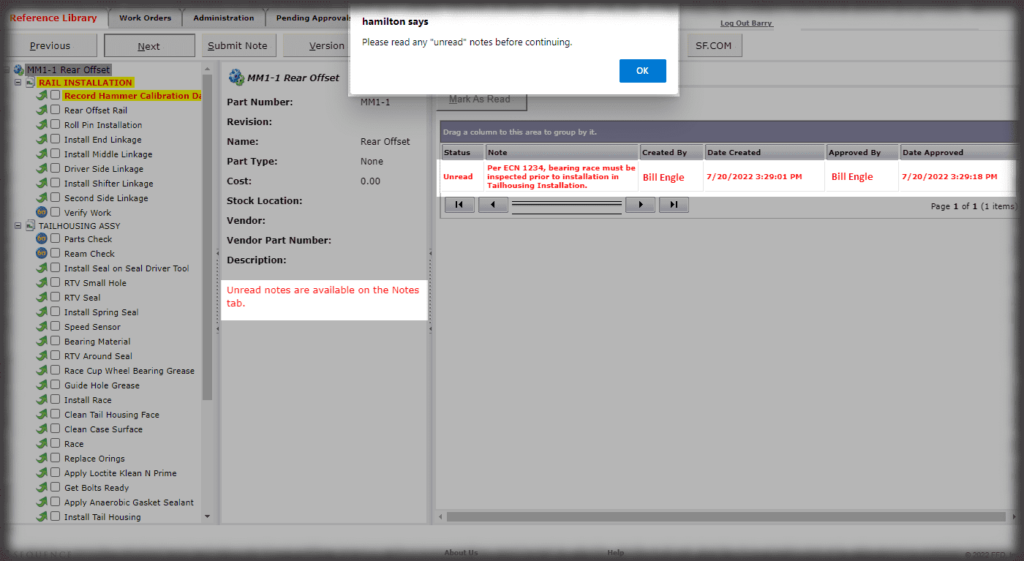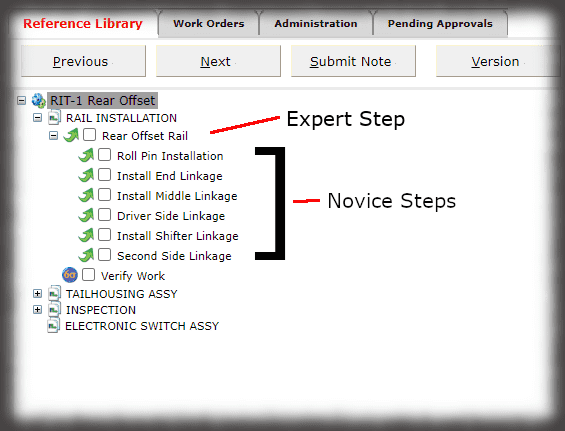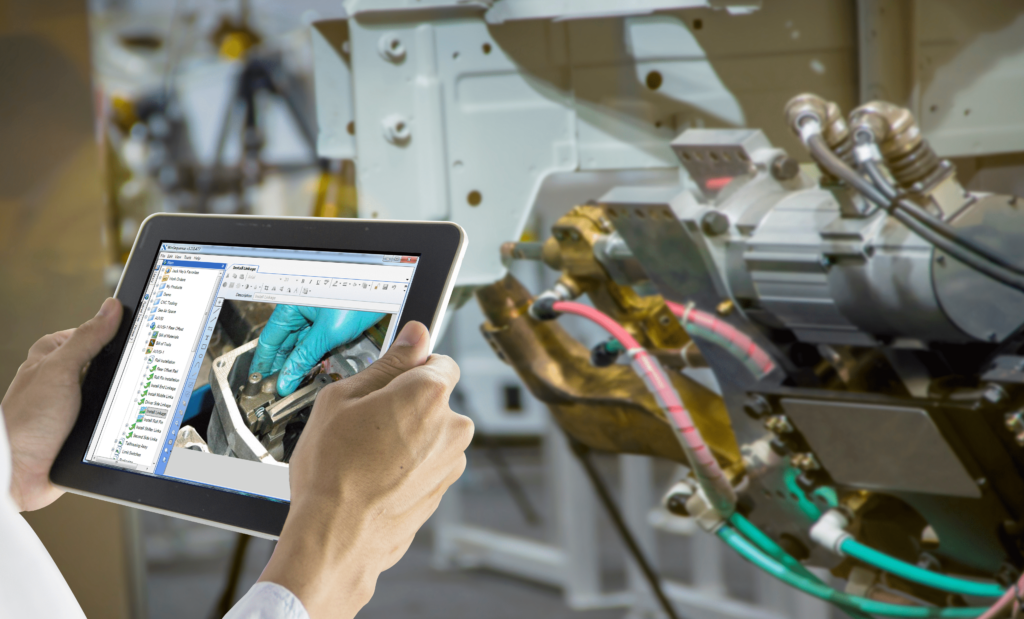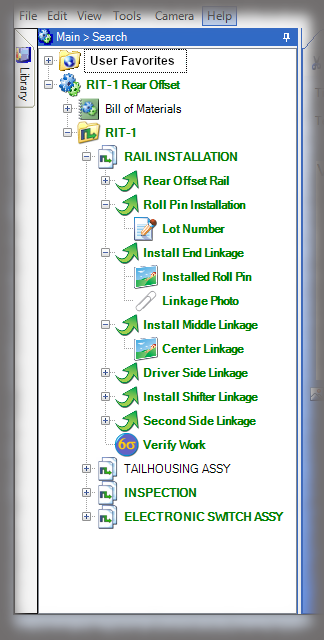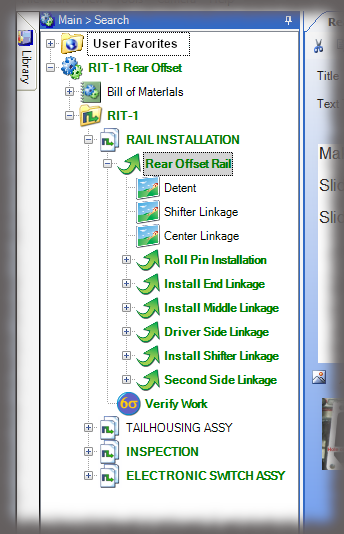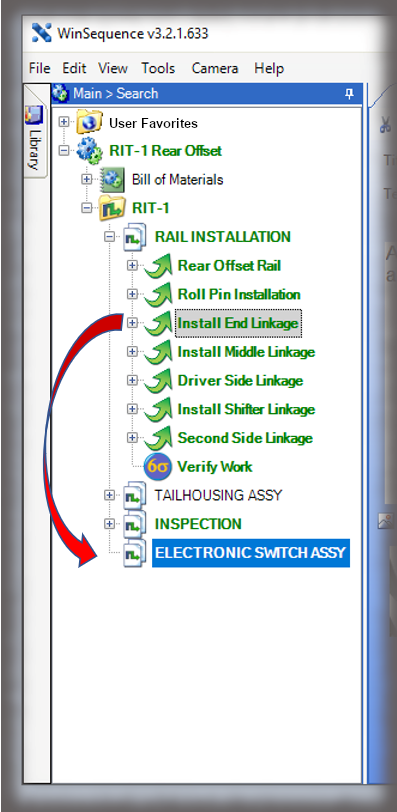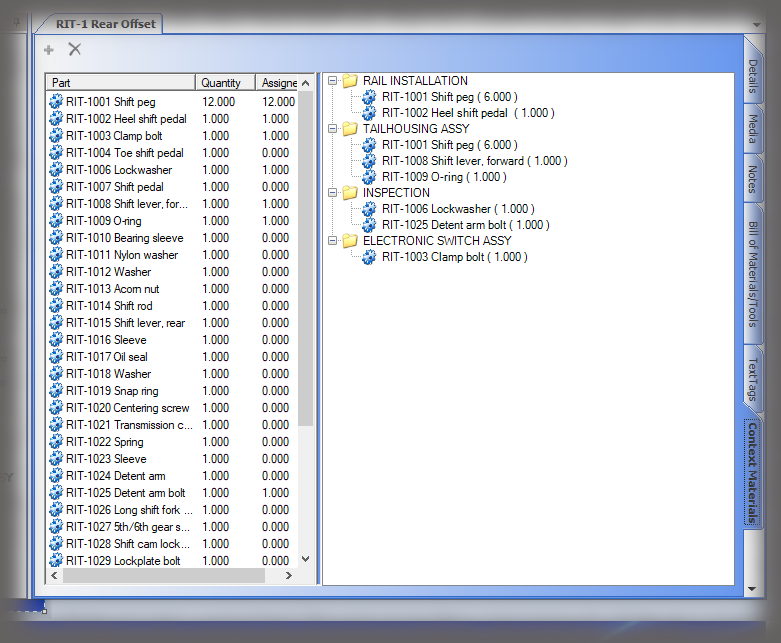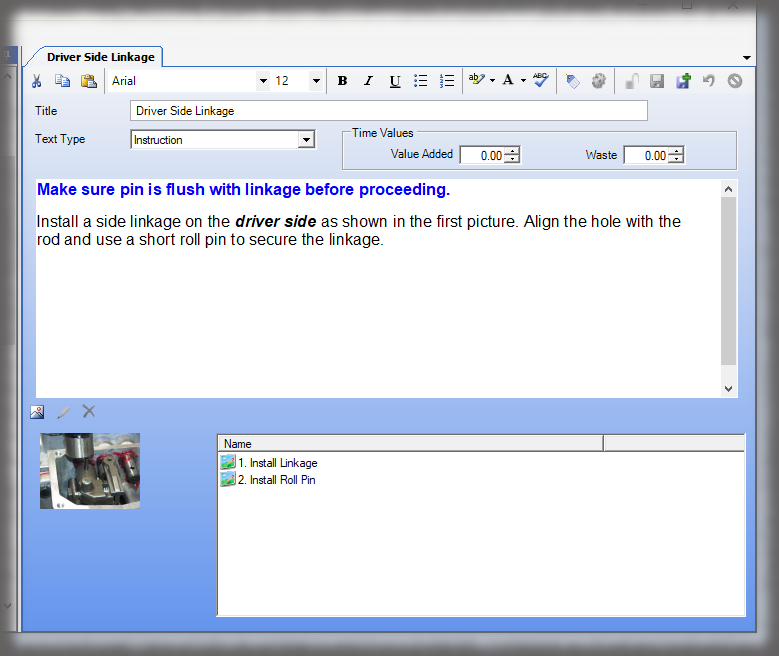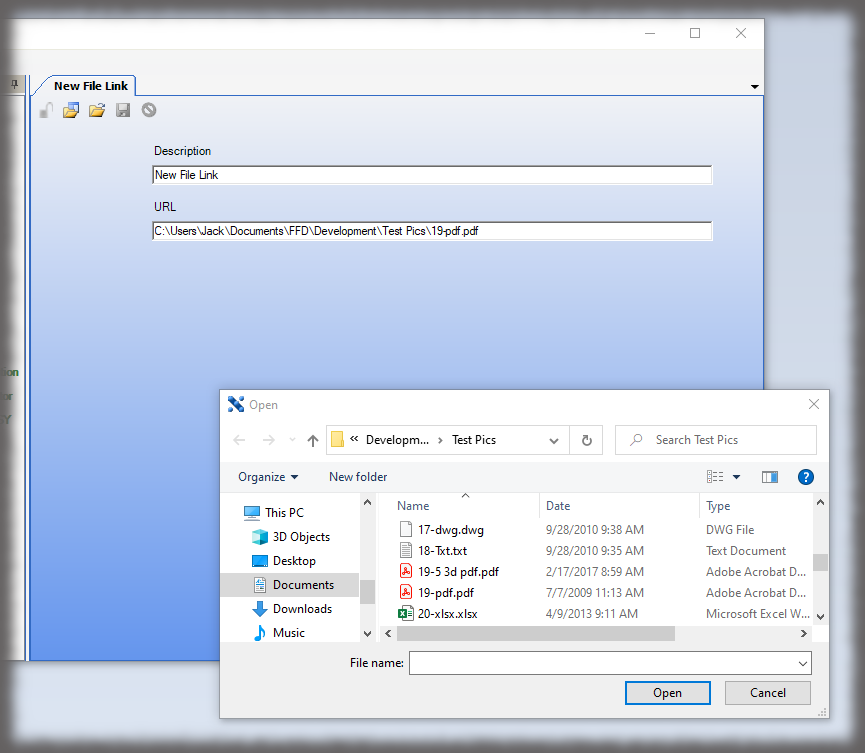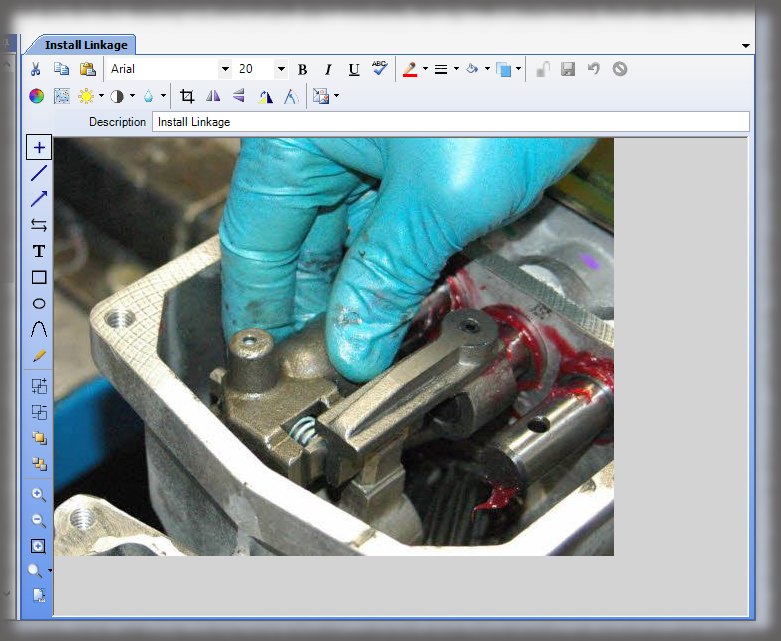Workplace culture is the personality of a business, it’s made up of the shared values, opinions, behaviors, practices, and attitudes of the employees. It’s a powerful force within a company that is formed over time and difficult to go against. The key word here is difficult. It’s not impossible. The key is to understand the workplace culture and to try and shift attitudes and opinions rather than ignoring them and forcing unwanted change.
Yes, workplace culture can be a barrier to new technology. However, at the end of the day, the benefits of introducing new technology in the workplace usually outweigh the struggle of overcoming cultural barriers.
Why do some workplace cultures oppose new technology? In this article we will explore the root causes of cultural barriers to technology. Then we will confront the most important layer of this issue—how can businesses overcome cultural resistance to new technology?
Why do Cultural Barriers to New Technology Exist?
Before we dive into strategies for changing workplace culture in favor of new technology, let’s look beneath the surface of the issue to understand why these barriers exist in the first place. The primary goal of new technology in the workplace is to make tasks easier. Why would employees be against that? These are some of the most common roadblocks for new technology in the workplace.
Fear of Change
It’s human nature to find comfort in familiarity. The fear of change can cause a workplace to oppose new technologies and cling to their current processes.
Lack of Trust
If the employees of a company don’t trust their leadership, the workplace culture can become rigid and defensive. If the higher-ups push new technology without explaining the purpose or their plan, employees may be suspicious and therefore hesitant to embrace the change.
Fear of Displacement
Bouncing off the previous point, a lack of clear communication can lead to rumors and fear. A prime example is the fear that new technology might replace employees or lead to lay-offs. The fear of displacement makes new technology the enemy.
Digital Illiteracy
A lack of digital literacy can lead to Technophobia, the intense fear and discomfort around new technology. If digital illiteracy is common in the workplace, a widespread notion that the new technology will be impossible to learn can spread quickly even if it’s baseless.
Opposition from Older Generations
Older workers are the most likely to oppose new technology for a variety of reasons. Older workers are often less confident in their ability to use new technology effectively compared to younger workers. Technology can seem threatening to older workers who have been with the company or worked in the same industry for a long time. They might worry that their skills are becoming obsolete. They may also be afraid of looking incompetent in front of younger coworkers.
Whether they are in positions of leadership or simply have authority based on their age and experience, older workers play a pivotal role in workplace culture so they mustn’t be overlooked.
How to Overcome Cultural Barriers and Successfully Implement New Technology in the Workplace
Cultural barriers to new technology can make the implementation process slow and challenging. However, these barriers can be broken down and workplace culture can be changed if you handle it the right way. There are no tricks here, this isn’t a guide to manipulating employees. It’s a road map for getting everyone in the company on the same page and squelching opposition through solutions and support.
Transparent Communication from the Top Down
Honesty is the best policy. Open and clear communication will help break down barriers built on fear, anxiety, and suspicion. Introduce new technology in a timely manner, explain the purpose of the new technology, and lay out a clear implementation plan to minimize uncertainty and speculation.
Remember that communication is a two-way street. Instead of just telling your employees about the new technology, give them the opportunity to voice their opinions, concerns, and ask questions.
Highlight the Benefits of New Technology
People are obviously more motivated to do something when they understand why they’re doing it, especially if it’s something outside of their comfort zone. Explaining the benefits of the new technology to your employees will motivate them. Things that benefit the company such as faster production, fewer defective items, and increased efficiency are important, but also highlight the ways the new technology will benefit the employee experience and make their day-to-day jobs easier.
Thorough & Patient Training
Assure your employees that they can learn new technology and take the time to train them. Keep in mind that some employees might be more technologically skilled than others. Make sure that employees who need extra attention and training time are given that without feeling embarrassed, especially older employees.
A Prime Example: Implementing Visual Work Instructions at a Manufacturing Plant
To further your understanding of the subject let us discuss a classic example, implementing visual work instructions (VWIs) at a manufacturing plant. Visual work instructions, also known as digital work instructions (we will use the terms interchangeably throughout this article) have the power to transform a manufacturing plant. In this section we will look at the benefits of visual work instructions, potential implementation issues associated with workplace culture, and best practices for overcoming opposition and implementing Visual work instructions successfully.
The Benefits of Visual Work Instructions
The benefits of visual work instructions in the manufacturing industry are measurable and undeniable. The following are some of the most notable advantages of switching from traditional paper instructions to digital work instructions in the manufacturing industry.
- Enhanced Accuracy: Digital work instructions provide clear step-by-step instructions with images and videos at the employee’s fingertips. The level of detail is much higher compared to paper manuals and workers click along as they complete steps, this reduces confusion and mistakes.
- Improved Training: VWIs streamline training for new manufacturing employees by providing them with easy access to detailed instructions and best practices.
- Increased Efficiency & Productivity: Quick and easy access to instructions, search functions, and multimedia visual aids saves workers time and leads to smoother workflows and higher output.
- Knowledge Sharing: With digital work instructions, changes to procedures can be changed in real time. Every employee is on the same page, best practices are always followed, and the confusion of new and old paper copies and inefficient communication chains are eliminated.
- Enhanced Safety Protocols: Visual work instructions clearly highlight safety procedures for specific tasks and eliminate variables in procedures that can cause injuries. With VWIs, the safe way is the only way.
- Data-Driven Process Improvement: Interactions with digital work instructions are tracked so that manufacturers can identify areas that need improvement and bottlenecks in the workflow so that adjustments can be made.
Top Reasons for Resistance to Digital Work Instructions in Manufacturing and Best Practices for Addressing Them
With all these clear benefits, why would a workplace culture resist the implementation of visual work instructions? Common reasons for opposition to digital work instructions on the manufacturing floor include loss of tribal knowledge, fear of job loss, and resistance to change.
Loss of Tribal Knowledge on the Manufacturing Floor
Tribal knowledge refers to the unwritten knowledge, skills, and insights that seasoned employees gain through years of experience and pass on to other workers. A manufacturing floor that relies heavily on experienced workers and tribal knowledge to function may be concerned that VWIs will not capture this nuanced knowledge and that valuable skills will be lost. The most experienced workers may also feel like their valuable contributions and leadership are being cast aside.
If tribal knowledge is deeply ingrained in a workplace culture, it should not be eradicated but rather utilized to create great VWIs. Involve experienced workers in the creation process. This shows them that their contributions and years of experience are valued by the company. Their tribal knowledge will fill in the gaps that the paper instructions were missing to create superior digital work instructions.
Fear of Job Loss
A robot taking a human’s job, we’ve seen it repeatedly throughout the history of manufacturing. Manufacturing workers might be afraid that digital work instructions will make their job obsolete or spy on them in intrusive ways, show their performance is not up to par, and get them fired.
Assure workers that the only thing visual work instructions are replacing are those annoying paper instructions. Explain that the goal of VWIs is not to replace them or get them fired, but to support them so they can perform at their best. Digital work instructions identify lulls in production and opportunities for improvement so overall processes can be changed, not so individuals can be singled out and blamed.
Fear of Change
Manufacturing is hard work; manufacturing workers might be concerned that changes could make things even harder. The “if it ain’t broke, why fix it?” attitude may also be pervasive, especially amongst older, more experienced workers.
To combat the fear of change, clearly communicate the ways that digital work instructions will make manufacturers’ jobs easier. Next, explain the benefits so they can clearly see the value in making the change to DWIs. Most importantly, be open and honest with all employees and present a strong plan that they will want to get on board with.
Visual work Instructions the Entire Company will Get Behind
Sequence Software is transforming the manufacturing industry with Visual work instructions that everyone from the C-suite to the engineering department, to the manufacturing floor can get behind. Create a paperless environment with greater efficiency, seamless collaboration, and a workforce that feels supported with digital work instructions from Sequence. From authoring to deployment, Sequence has the tools and expertise your business needs to take a meaningful leap into the future.
Contact Sequence Software today to learn more about Sequence Software products and find out what we can do for you!


